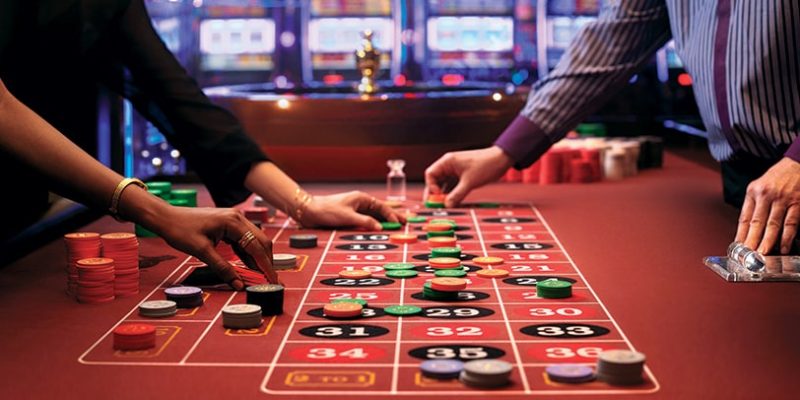While roulette is predominantly a game of chance, employing effective betting strategies can enhance your enjoyment and improve your chances of winning. This section explores popular strategies and offers insights into their application at the Roulette Table.
The Martingale System: Doubling Roulette Table
The Martingale strategy is one of the most well-known approaches where players double their bet after each loss, aiming to recover previous losses with a single win Rikvip.
Implementing this requires a substantial bankroll and strict discipline, as losing streaks can quickly deplete funds. The core principle is ensuring that when a win occurs, the payout covers all previous losses plus a profit equal to the original wager.
Despite its popularity, the Martingale system has inherent risks, notably reaching the betting limit of the table or running out of funds before a win.
The Reverse Martingale (Paroli): Riding the Winning Streak
Contrary to the Martingale, the reverse Martingale involves doubling bets during winning streaks and reducing after losses. Its advantage lies in capitalizing on hot streaks while minimizing losses during downturns.
Applying this at the Roulette Table entails carefully observing patterns, which are statistically random but psychologically compelling. The objective is to maximize profits during favorable periods without risking large sums when luck turns.
The Fibonacci Strategy: A Fibonacci-Inspired Sequence
Based on the famous Fibonacci sequence, this strategy involves increasing bets following losses according to the sequence (1, 1, 2, 3, 5, 8, etc.), with the aim of recouping losses gradually.
At the Roulette Table, this method is less risky than the Martingale but requires patience and strict adherence to the sequence. When a win occurs, players regress two steps in the sequence, minimizing the impact of losing streaks.
Combination and Progression Strategies
- D’Alembert System: Increasing bets by one unit after a loss and decreasing after a win, aiming for equilibrium over time.
- Labouchere System: Crafting a sequence of numbers where bets are the sum of the first and last numbers, adjusting as results occur.
- Knockout and Oscar’s Grind: Other progression-based strategies that balance risk and reward.
Tailoring Strategies to Your Risk Tolerance
Successful roulette play involves matching strategies to your bankroll, playing style, and risk appetite. Conservative players might favor outside bets with steadier but lower returns, while aggressive players may prefer inside bets targeting higher payouts.
Analysis of these systems reveals that no strategy guarantees success because roulette outcomes are inherently random. However, understanding and employing different approaches can make gameplay more engaging and potentially profitable.
Critical Insights and Personal Advice
- Always set session limits to avoid excessive losses.
- Do not chase losses; stick to your pre-defined betting plan.
- Recognize the value of variance; Roulette Table short-term success does not guarantee long-term gains.
- Use strategies as a framework rather than a guarantee—adapt as needed.



